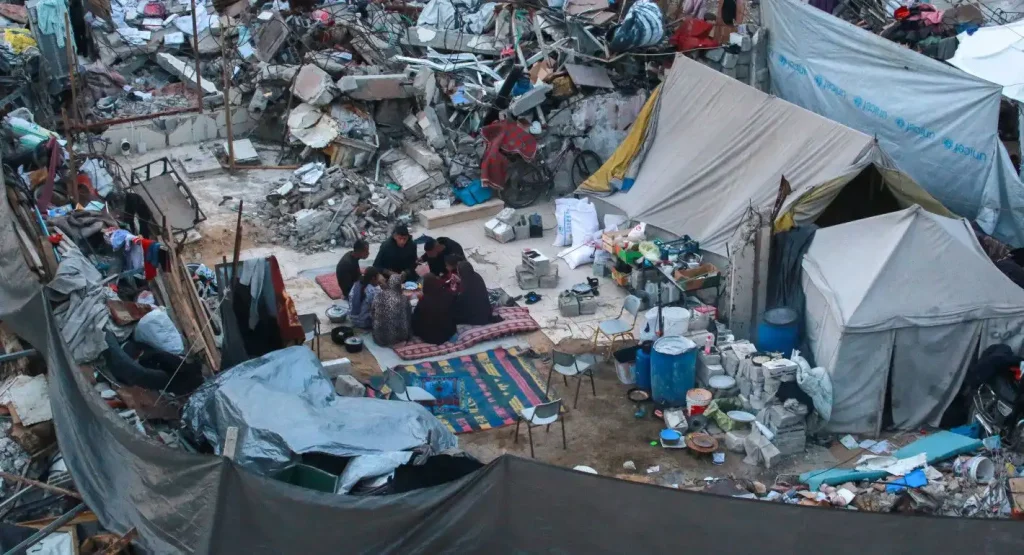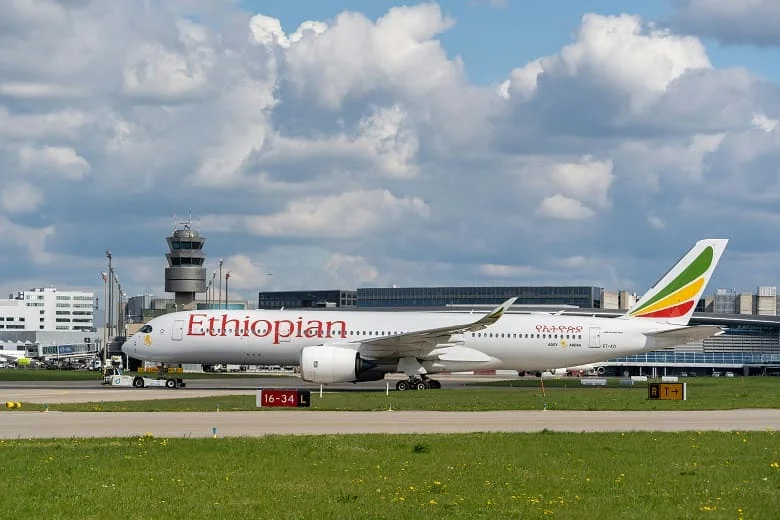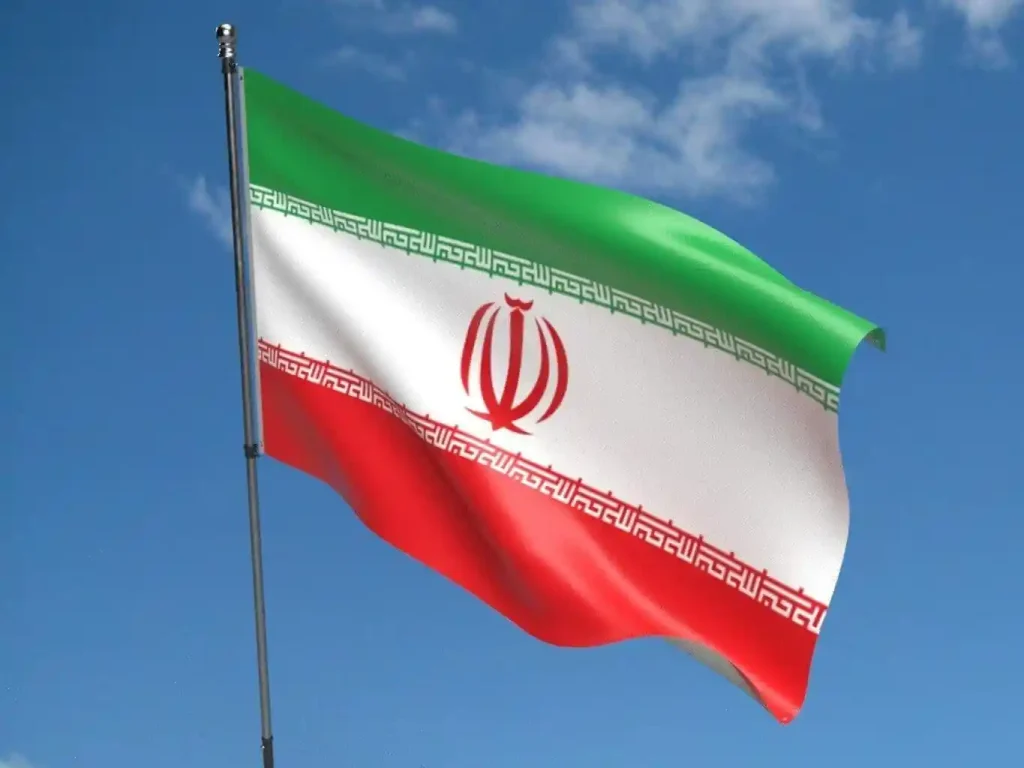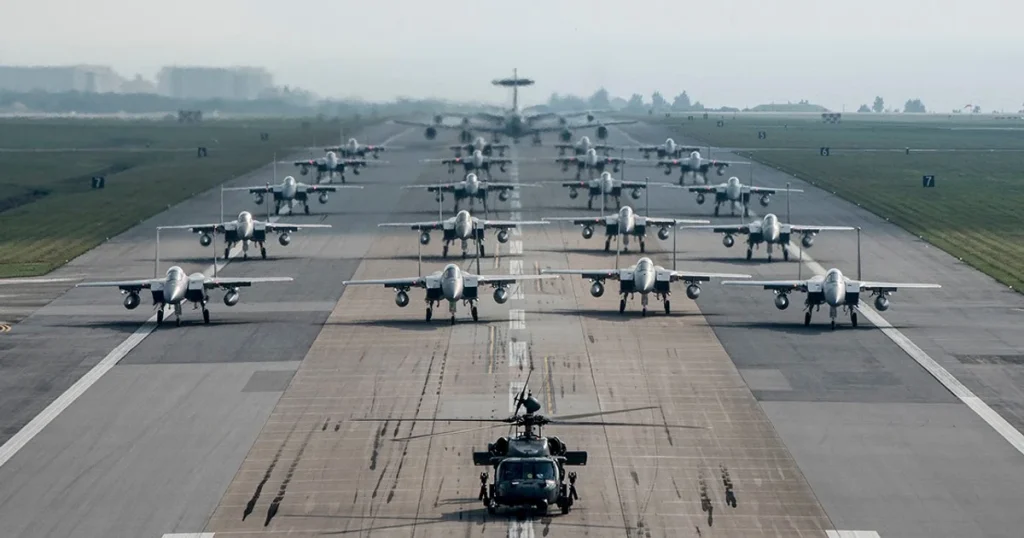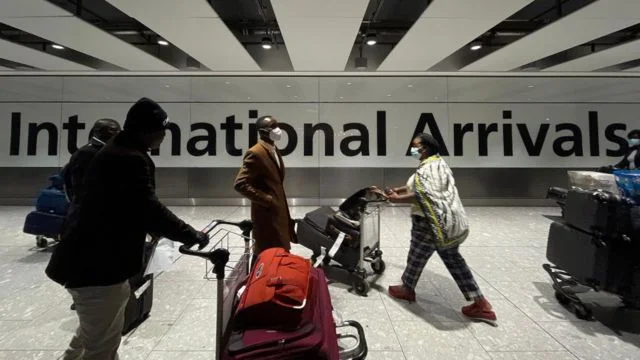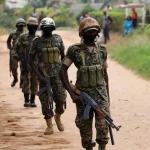The U.N. rights office (OHCHR) reported on Friday, July 11, 2025, that at least 798 people have been killed in the past six weeks at aid points in Gaza.
This is with 615 deaths near sites run by the U.S.- and Israeli-backed Gaza Humanitarian Foundation (GHF) and 183 near other relief convoys.
The GHF, which began distributing food packages on May 27 after an 11-week Israeli aid blockade was lifted, employs private U.S. security and logistics firms, bypassing the U.N.-led system that Israel claims has been compromised by Hamas-led looting—a charge Hamas denies.
Disputed Figures and Safety Concerns
OHCHR spokesperson Ravina Shamdasani, speaking at a Geneva briefing, detailed the figures, drawn from hospitals, cemeteries, families, Palestinian health authorities, NGOs, and ground partners.
She noted that most injuries since May 27 were gunshot wounds, raising concerns about potential atrocity crimes.
The U.N. has labeled the GHF’s aid model “inherently unsafe” and a breach of humanitarian impartiality, especially after hundreds of Palestinian civilians died near GHF hubs in Israeli-controlled zones.
The GHF, however, dismissed the U.N.’s data as “false and misleading,” claiming deadly incidents are more common at U.N. convoy sites.
Conflicting Narratives
The GHF reported delivering over 70 million meals in five weeks, asserting that other groups’ aid has been looted by Hamas or criminal gangs.
This aligns with past U.N. Office for the Coordination of Humanitarian Affairs (OCHA) reports of violent pillaging and the World Food Programme’s recent observation that hungry civilians often intercept aid trucks.
Israel justifies its military presence near aid sites as a measure to prevent militants from seizing supplies, a stance tied to the ongoing Gaza war sparked by Hamas’s October 7, 2023, attack.
Critics, however, question whether this militarized approach exacerbates civilian risks.
Humanitarian Crisis
Gaza faces a severe shortage of food and essentials 21 months into Israel’s military campaign, which has devastated much of the enclave and displaced most of its 2.3 million residents.
The U.N. warns of escalating famine risks, while the GHF’s operations—intended to address the crisis—have instead fueled controversy over safety and accountability.
The conflicting accounts highlight a deeper struggle over aid distribution amid ongoing conflict.

